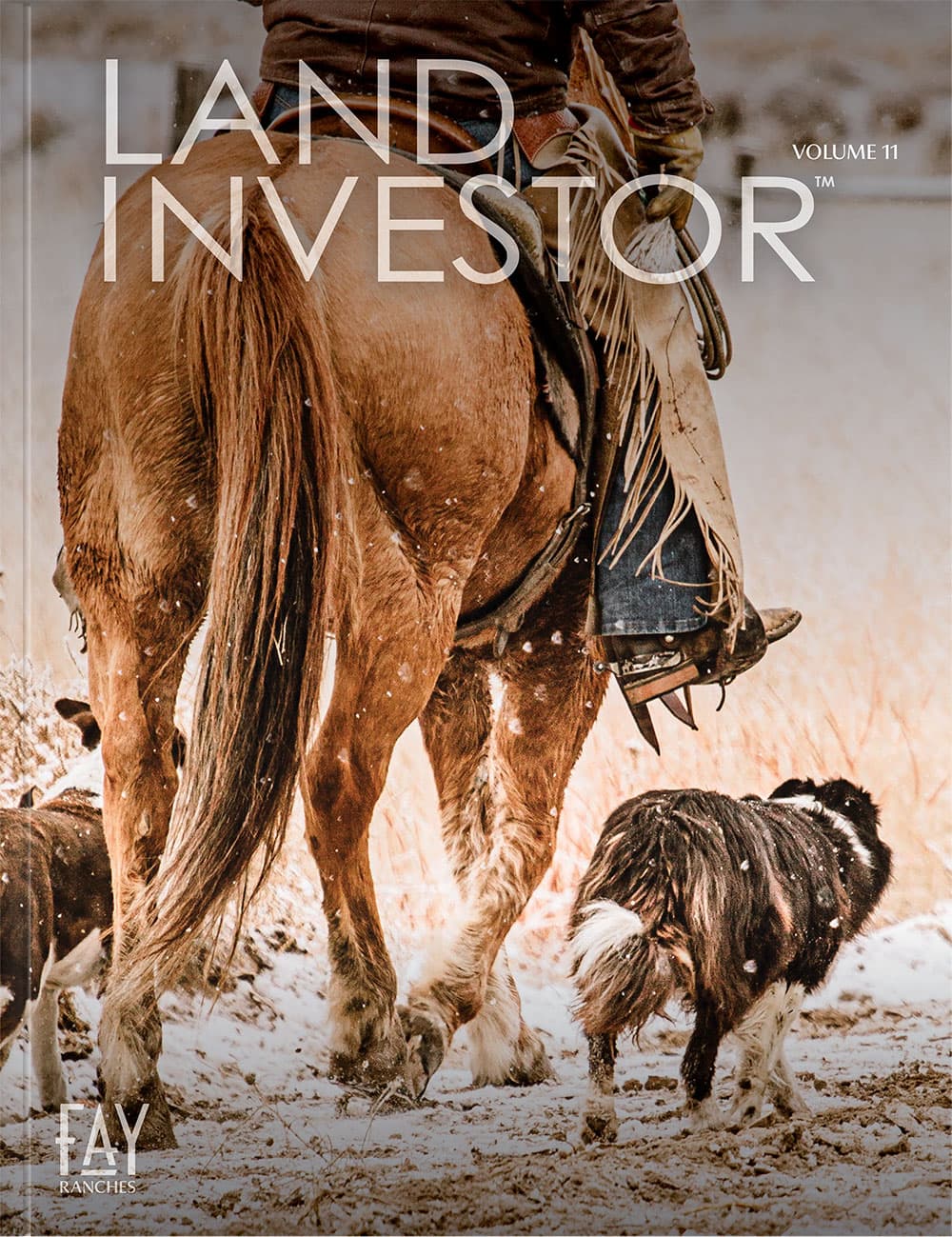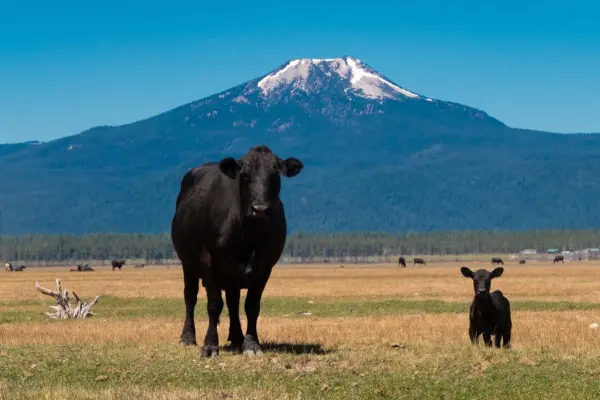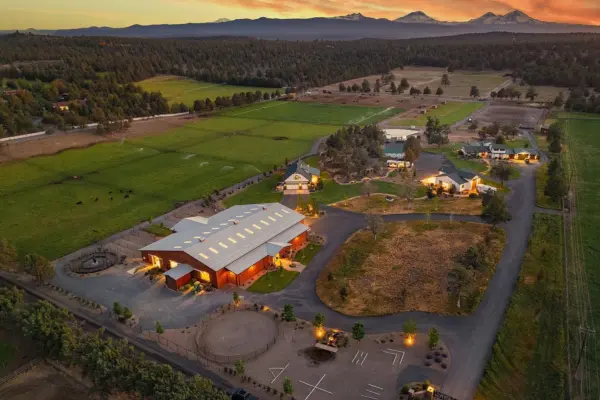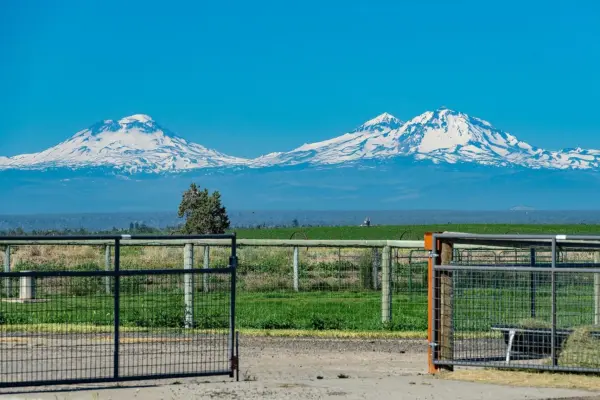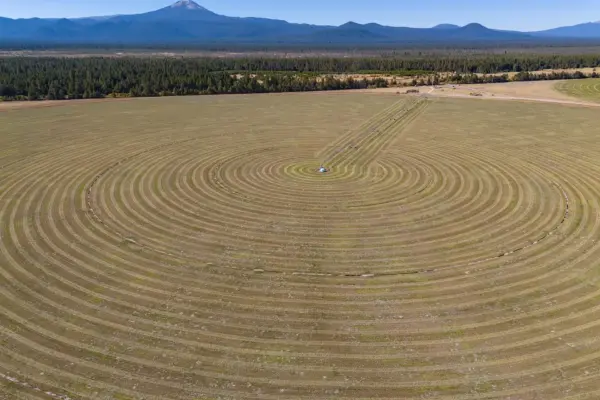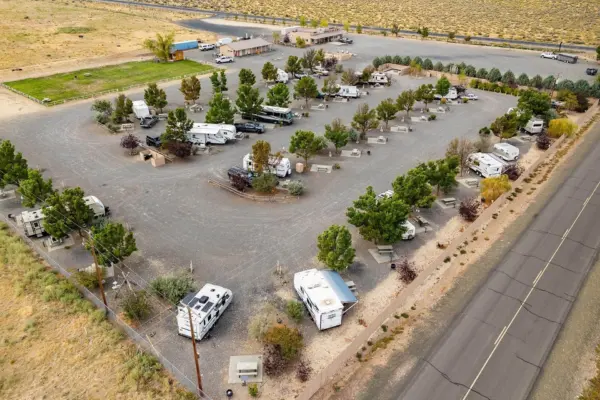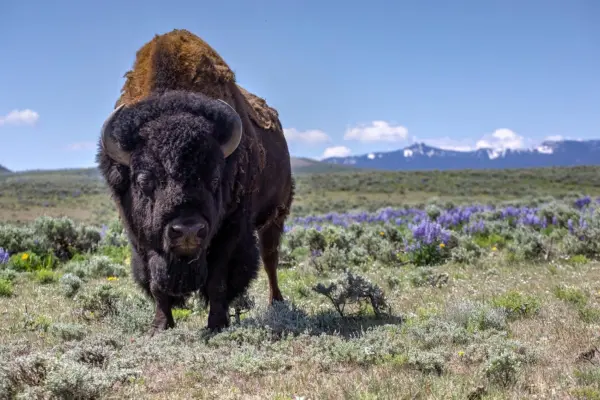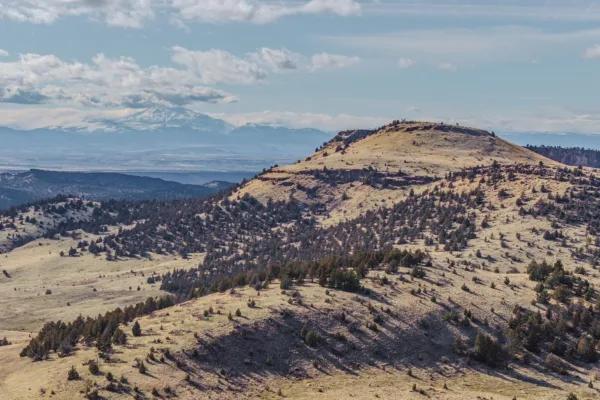Prior to being a broker with Fay Ranches, I spent a ridiculous amount of time around horses. I mean a lot. My mother has been training and breeding horses for over fifty years, and our family tree has many generations with strong ties to the equine industry. The first thirty-three years of my life were spent riding, hauling, feeding, grooming, assessing, and cleaning up after horses. Needless to say, between horse shows, rodeos, ropings, clinics, trail rides, and auctions, I have seen all different types of horse facilities. Some good, some bad, some fancy, and some just plain dumb, or scary. After obtaining my real estate license, I realized my wealth of knowledge was a valuable tool for people buying and selling horse properties. I noticed a lot of nice facilities had overlooked some important things. So, here is my list of things you might not have thought about when looking at a beautifully decorated horse barn with a $50,000 chandelier hanging in it.
MANURE
On a horse property, it happens every day (actually 4-12 times per day, per horse). You will never run out of horse manure, and if you don’t have a good plan, and the infrastructure to handle it, you will be buried in it. Look and see if the property sequesters it into a pile (as far away from the barns or horse pens as possible) or has spread it across pastures via a manure spreader. Spreading green/fresh manure is good, but aged, composted manure is by far the best, so you might still want that pile. Also, notice how manure is moved from stalls or paddocks to a pile. Manure management is a 365-day-a-year job, so make it easy: do not lift muck buckets into spreaders, trailers, or trucks. Your spine will thank me later. If the horses are going to be in large paddocks/pastures, you can drag manure to spread it.
PASTURE
Obviously, unless your horse “pasture” is with the cows, it is likely to be smaller than a cow pasture, for reasons such as corralling the horse for horse/rider activities. So, you have a horse pasture, and maybe you harrow or drag the manure a few times a year to spread and break it up to compost into the ground. Sounds good, but this is where horse people are way behind cattle ranchers. If you keep horses on the same pasture day after day, year-round, eventually you will start losing topsoil and quality of grass due to the grass being overgrazed without rest (think of working a seven-day-a-week job without a vacation). Cattle ranchers, especially now, use multiple fields to graze, rotate, and allow rest for pastures. This increases grass production (which might mean less hay for your horse and more money in your pocket) and soil health, which has a multitude of benefits (fewer weeds, less fertilizer, fewer parasites). So, if the property you’re looking at has only one horse pasture, look for ways to divide it up into multiple pastures and reap the benefits.
